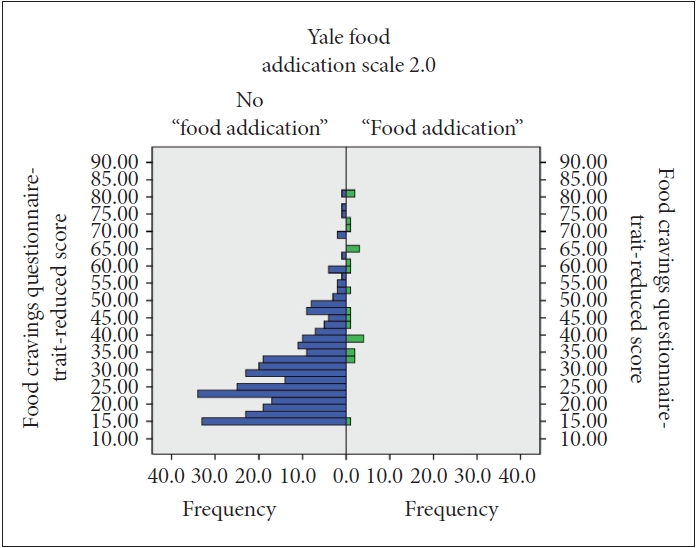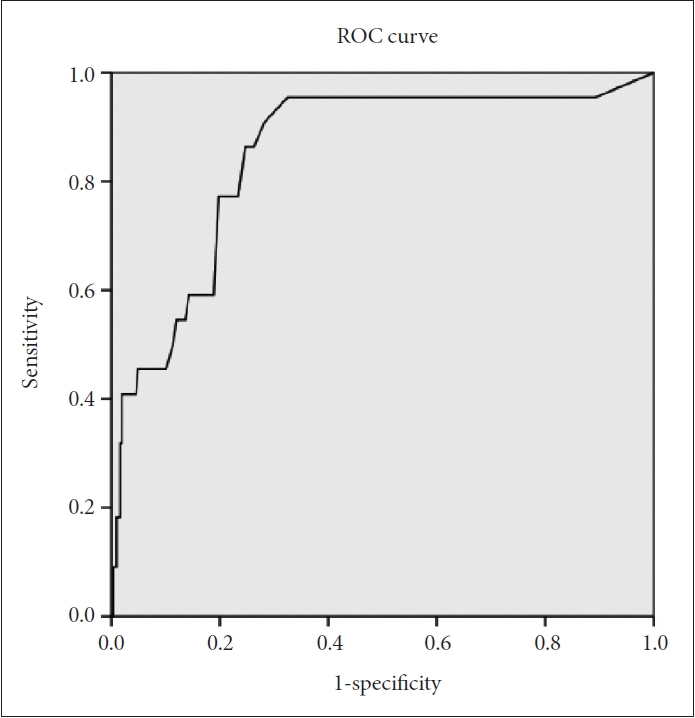1. Volkow ND, Wise RA. How can drug addiction help us understand obesity? Nat Neurosci 2005;8:555-560.


2. Hoebel BG, Hernandez L, Schwartz DH, Mark GP, Hunter GA. Microdialysis studies of brain norepinephrine, serotonin, and dopamine release during ingestive behavior. Theoretical and clinical implications. Ann N Y Acad Sci 1989;575:171-193.


3. Randolph TG. The descriptive features of food addiction; addictive eating and drinking. Q J Stud Alcohol 1956;17:198-224.


4. Davis C. From passive overeating to “food addiction”: a spectrum of compulsion and severity. ISRN Obesity 2013;2013(435027):1-20.

5. Avena NM, Rada P, Hoebel BG. Evidence for sugar addiction: behavioral and neurochemical effects of intermittent, excessive sugar intake. Neurosci Biobehav Rev 2008;32:20-39.


7. Hebebrand J, Albayrak Ö, Adan R, Antel J, Dieguez C, de Jong J, et al. “Eating addiction”, rather than “food addiction”, better captures addictive-like eating behavior. Neurosci Biobehav Rev 2014;47:295-306.


8. Gearhardt AN, Corbin WR, Brownell KD. Preliminary validation of the Yale food addiction scale. Appetite 2009;52:430-436.


9. Gearhardt AN, Corbin WR, Brownell KD. Development of the Yale Food Addiction Scale Version 2.0. Psychol Addict Behav 2016;30:113-121.


11. Chao AM, Shaw JA, Pearl RL, Alamuddin N, Hopkins CM, Bakizada ZM, et al. Prevalence and psychosocial correlates of food addiction in persons with obesity seeking weight reduction. Compr Psychiatry 2017;73:97-104.


12. Kiyici S, Koca N, Sigirli D, Aslan BB, Guclu M, Kisakol G. Food addiction correlates with psychosocial functioning more than metabolic parameters in patients with obesity. Metab Syndr Relat Disord 2020;18:161-167.


13. Kjelgaard HH, Holstein BE, Due P, Brixval CS, Rasmussen M. Adolescent weight status: associations with structural and functional dimensions of social relations. J AdolescHealth 2017;60:460-468.

14. Puhl R, Brownell KD. Bias, discrimination, and obesity. Obes Res 2001;9:788-805.


15. Puhl RM, Heuer CA. The stigma of obesity: a review and update. Obesity 2009;17:941-964.


16. Bray GA. Medical consequences of obesity. J Clin Endocrinol Metab 2004;89:2583-2589.


17. Meule A, Müller A, Gearhardt AN, Blechert J. German version of the Yale Food Addiction Scale 2.0: prevalence and correlates of ‘food addiction’ in students and obese individuals. Appetite 2017;115:54-61.


18. Gendall KA, Sullivan PF, Joyce PR, Fear JL, Bulik CM. Psychopathology and personality of young women who experience food cravings. Addict Behav 1997;22:545-555.


19. Meule A, Lutz A, Vögele C, Kübler A. Food cravings discriminate differentially between successful and unsuccessful dieters and non-dieters. Validation of the Food Cravings Questionnaires in German. Appetite 2012;58:88-97.


20. Meule A, Westenhöfer J, Kübler A. Food cravings mediate the relationship between rigid, but not flexible control of eating behavior and dieting success. Appetite 2011;57:582-584.


21. ekic M, McClelland J, Campbell I, Nestler S, Rubia K, David AS, et al. The effects of prefrontal cortex transcranial direct current stimulation (tDCS) on food craving and temporal discounting in women with frequent food cravings. Appetite 2014;78:55-62.


22. Weingarten HP, Elston D. The phenomenology of food cravings. Appetite 1990;15:231-246.


23. Pelchat ML. Food cravings in young and elderly adults. Appetite 1997;28:103-113.


25. Hill AJ, Weaver CF, Blundell JE. Food craving, dietary restraint and mood. Appetite 1991;17:187-197.


26. Meule A, Hermann T, Kübler A. Food addiction in overweight and obese adolescents seeking weight‐loss treatment. Eur Eat Disord Rev 2015;23:193-198.


27. Cepeda-Benito A, Gleaves DH, Williams TL, Erath SA. The development and validation of the state and trait food-cravings questionnaires. Behav Ther 2000;31:151-173.

28. Meule A. Food cravings in food addiction: exploring a potential cutoff value of the Food Cravings Questionnaire-Trait-reduced. Eat Weight Disord 2018;23:39-43.


30. Kachooei M, Ashrafi E. Exploring the factor structure, reliability and validity of the Food Craving Questionnaire-Trait in Iranian adults. J Kerman Univ Med Sci 2016;23:631-648.
31. Browne M, Cudeck R. Alternative ways of assessing model fit. Sociol Methods Res 1992;21:230-258.

33. Torres S, Camacho M, Costa P, Ribeiro G, Santos O, Vieira FM, et al. Psychometric properties of the Portuguese version of the Yale Food Addiction Scale. Eat Weight Disord 2017;22:259-267.


34. Aloi M, Rania M, Muñoz RC, Murcia SJ, Fernández-Aranda F, De Fazio P, Segura-Garcia C. Validation of the Italian version of the Yale Food Addiction Scale 2.0 (I-YFAS 2.0) in a sample of undergraduate students. Eat Weight Disord 2017;22:527-533.


36. Rogers PJ. Food and drug addictions: similarities and differences. Pharmacol Biochem Behav 2017;153:182-190.


37. Meule A. Focus: Addiction: back by popular demand: a narrative review on the history of food addiction research. Yale J Biol Med 2015;88:295-302.


38. Yang F, Liu A, Li Y, Lai Y, Wang G, Sun C, et al. Food addiction in patients with newly diagnosed type 2 diabetes in Northeast China. Front Endocrinol 2017;8:218

39. Davis C, Bonder R. Genetics and Epigenetics of Food Addiction. In: Cottone P, Sabino V, Moore CF, Koob GF, editor. Compulsive Eating Behavior and Food Addiction. Boston, MA: Academic Press, 2019, p. 293-327.
40. Komatsu S. Rice and sushi cravings: a preliminary study of food craving among Japanese females. Appetite 2008;50:353-358.


41. Innamorati M, Imperatori C, Meule A, Lamis DA, Contardi A, Balsamo M, et al. Psychometric properties of the Italian food cravings questionnaire-trait-reduced (FCQ-Tr). Eat weight Disord 2015;20:129-135.














